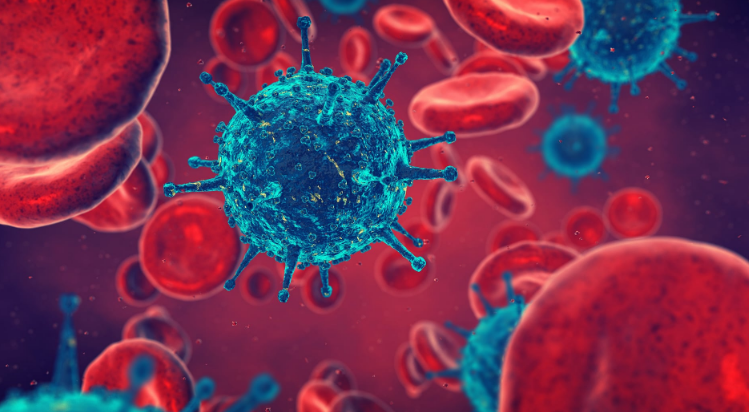When did the HIV window period start? This is a common question many people ask, one of the biggest HIV myths is that the HIV infection can be contracted at any time. This is a common misconception, because it is important to understand that the window period is actually only a week long. The window period refers to when the virus is still in remission (not contagious) and then after this week the infection is usually re-occurring. If you do contract HIV during this time period then the chances are very rare that your infection will be cured because your immune system is low and your body cannot fight off the infection.
In the last week the virus is usually dormant and you can’t pass it on to others. You should however be very careful if you have unprotected sex because this is the most common way the virus is spread. After being infected with the virus a week (or however long it takes for the virus to be dormant and not spread) you should get a pap smear and wait for the test result. This is so you can find out if you have been infected or not. You should also wait for three consecutive positive tests, these are all signs that you have been infected with the virus but you also need to confirm this by going back to your doctor and having him take a swab from the inside of your mouth and neck for testing.
You should be aware that the HIV infection window period can be anywhere from two to eight weeks. Anything less than this is considered extremely rare. Once your test results come back to positive then you will need to get a treatment as soon as possible to stop the infection spreading. If you go against what your doctor advises and try to get treated before the window period has expired then you are more than likely going to get diagnosed again and suffer the consequences of having an infection.

What is HIV?
What is HIV? AIDS is a group of diseases and symptoms, which develops after the end of primary HIV infection, when left untreated. HIV testing is compulsory if you wish to remain sexually active and still be healthy. Once infected with HIV, it is not just a case of being diagnosed with a common cold. The first signs of HIV may still take up to two years to develop after contracting the disease, depending on the person’s immune system and the severity of the infection. Unfortunately, once the signs are visible, there is little that can be done to prevent it, and even less that can be done to treat it once it has manifested itself.
Unlike common colds and the flu, which can be treated or even prevented, HIV does not have a cure. However, there are several ways to treat the symptoms of an HIV infection – some of these treatments include daily use of condoms, visiting your doctor regularly, and early detection through a test that will determine if you have been exposed to HIV. While these methods may not completely eliminate the virus, they will significantly slow its spread to other people.
Because there is currently no known cure for HIV, it is important to know and understand the HIV symptoms in order to effectively control and stop the spread of the virus to other people. Unprotected sex with an infected person who is not on treatment as well as unprotected sex with an infected person who is undergoing treatment is one of the most common ways that HIV is transmitted. Untreated HIV may also be passed from one person to another through blood, vaginal fluids or semen. While the symptoms may not appear immediately, when left unchecked, HIV can create a life-threatening situation by causing severe illness or even death.




